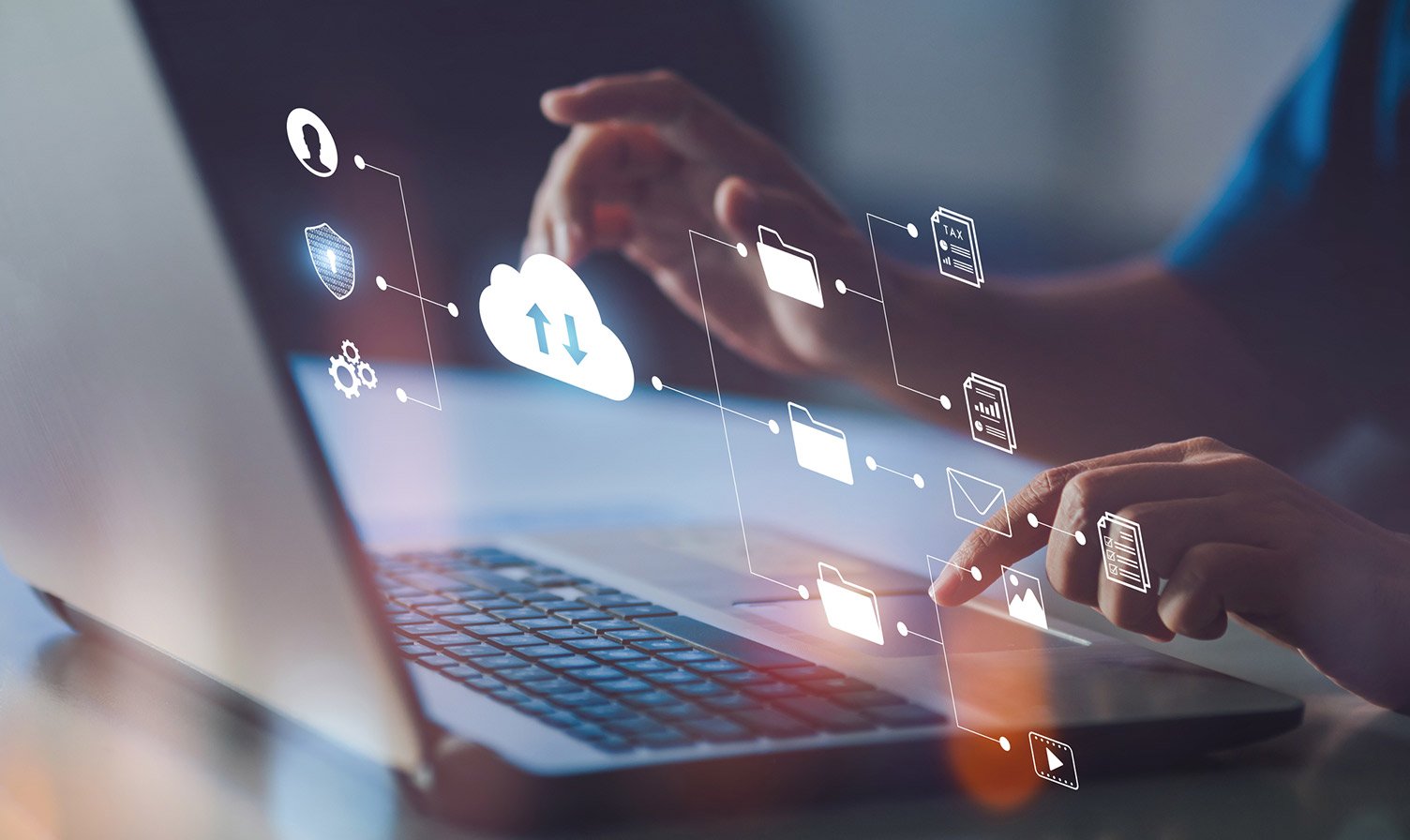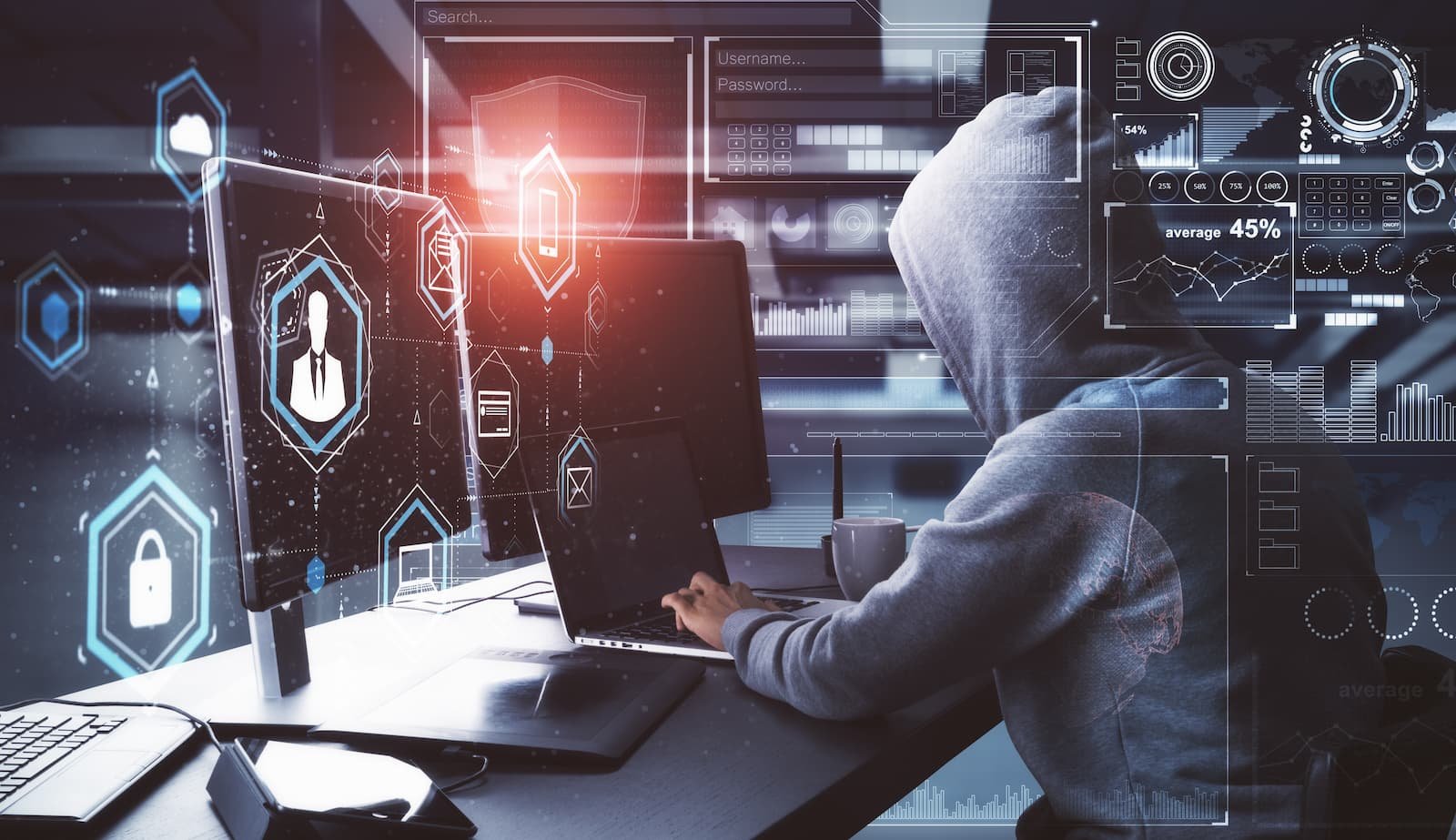From finance to healthcare, virtually every industry on earth now offers fertile ground for enterprising hackers.
As the multi-year trend of digital transformation continues through 2022—accelerated by the persistent impact of COVID-19—we observe several salient, vulnerable targets for cyber attacks. The following are the 8 biggest cybersecurity targets that we expect to see through the year and beyond:
Supply Chains
Supply chains play a key factor across a huge cross-section of the global economy, but are frustratingly limited in their monitoring capabilities. Where supply chain monitoring does exist, it is often unable to distinguish between a benign issue and a malicious hack.
Over the past year, high-impact hacks have targeted 3rd-party tools employed in the supply chain process. For example, the popular software testing tool CODECOV was exploited to breach hundreds of supply chains across the United States. Other, similar hacks have affected thousands of organizations at a time.
The last two years have made abundantly clear how dependent the global economy is on well-functioning supply chains. And this very centrality makes it ripe for disruption.
Cloud Environments
The transformative trend toward remote working has dramatically increased dependence on cloud services and other highly accessible technology. But “accessibility” works both ways, introducing vulnerable endpoints to an organization’s security profile. Hackers have taken notice, creating a major risk factor that isn’t going anywhere anytime soon.
Digital Payment/Value Assets
More than ever before, the global economy is awash in digital value storage and payment platforms, ranging from highly practical digital wallets (Apple Pay, Square) to more intangible assets like cryptocurrencies and NFTs.
While these advancements bring potentially transformative opportunities to the way we store and exchange money, this new payment paradigm is highly exposed to cyberattack. Even NFTs—not typically considered a currency—could be invalidated and rendered valueless if a hacker successfully damaged its unique identifier. All of these factors provide a cornucopia of options for disruption to the enterprising hacker.
Cryptojacking
As the world of cryptocurrency has grown, the “mining” of resources has become increasingly energy-intensive for computer processors. Sophisticated hackers can breach an organization’s computer systems and utilize unused computational resources for their own enrichment.
Deepfakes
This popular form of fake imagery, audio and video content, created via powerful artificial intelligence technology, is increasingly concerning to the cybersecurity world. Today, our primary defense against this technology is hard-to-scale human intelligence. Yet as deepfake technology inevitably improves, it will pose an increasing challenge to human perception. The potential for identity theft via impersonation has only begun to be taken seriously, and we believe the threat will continue to grow.
Satellite and Communication Networks
No other medium has quite as much direct influence over public opinion around the world as the information transmitted via satellite and communication networks. Prized for their relatively high speed and long range, satellite networks are also increasingly employed as an alternative traditional network technology in remote locations.
However, the frequencies that satellite networks rely upon provide yet another target for hackers, posing the risk of significant disruption to numerous aspects of our wired way of life.
Pharmaceutical Companies
Already a lucrative target, pharmaceutical companies have become even more so in an era of COVID-19 vaccines. We believe that a hacker’s ability to disrupt production processes for these vaccines and other life-saving drugs poses a continued threat to global stabilization in the long twilight of the pandemic.
ATM Machines
Unbeknownst to many, ATMs are an increasingly popular—and highly lucrative—hacking target around the world. In fact, sophisticated attacks such as “jackpotting” currently net criminals tens of millions of dollars a year.
We believe that the intrinsic risk factors of typical ATM machines—no two-factor authentication, little to no monitoring, reliance upon hands-on technicians—ensure that they will persist as a popular (and profitable) hacking target around the world.
New Year, New Threats
Throughout 2022, the twin trends of digital transformation and technological advancement will inevitably proceed around the world. But while these forces seek to enhance our quality of life in myriad ways, they reveal countless vulnerabilities to malicious actors seeking to cause disruption.
In particular, as we continue to shift more of what we value into digital and software form—from cryptocurrency, to intellectual property stored in the cloud, to software-driven supply chain processes—we expose new vectors for potential cyberattack.
Given that no organization can know in advance how they will be targeted, we strongly advocate for a new paradigm of multi-layered cybersecurity defense to counteract hackers. Multi-layer protection, in combination with a strong organizational security posture and dedicated SOC support, provide a modern organization’s best chance at staying one step ahead of the next attack.
Although the new year heralds dangerous new threats, organizations who adopt the right strategies can maximize their chances of keeping their organization safe—throughout 2022, and beyond.
Resources

Healthcare IT
Navigating Cybersecurity Threats in Healthcare: A Guide for Inst...
Cybersecurity in Healthcare: A Critical Imperative Healthcare institutions increasingly rely on digital technologies to store p...

Cybersecurity
The Importance of Cloud Computing and Cybersecurity for Small Bu...
Understanding the Necessity of Cybersecurity and Cloud Computing for Small Business Growth In today’s digital landscape, ...

Cybersecurity
What is the Board of Directors Role in Cybersecurity?
Understanding the Board’s Role in Overseeing Cyber Risks and Implementing Robust Security Measures Why Cybersecurity Must...
Get a free quote and stay informed
Contact Cycurion to see how we can protect your most valuable assets with custom plans and unmatched expertise.



